How to Buy infant clothes wholesale in 2022?
How to Buy infant clothes wholesale
What do you need for the first 30 days? Honestly, not much. You’ll be so busy getting over the delivery and used to being a mom that baby’s outfits will prove much less important than they may have seemed a couple of months ago. (Don’t worry, you’ll be back in that place eventually.) And remember, babies, grow quickly. She’ll come home tiny, but newborn sizes won’t fit for long. Save the good part of your budget for 0-3 month clothing and up. (Besides, once you’re out and about more, you’ll actually be able to show off her cute outfits.) Resist the urge to buy too much clothing in advance, because you’ll have a better idea of the sizes and styles that work best for you once the baby comes.
How Many Baby Clothes Do I Need?
For lots of pregnant mom, it’s hard to resist adding baby clothes to their registry. There’s just something about having a million baby outfits that makes you think twice about it.
So how many clothes does your baby actually need?
There are a few things to think about when you’re trying to figure out how many baby clothes you’ll need and how you should add clothing to your registry.
1. Laundry Your access to laundry (and how often you actually do it) makes a big difference in how many items of baby clothing you’ll need on hand.
Our list of newborn essentials below assumes you do a few loads of laundry throughout the week. If this isn’t the case, though, you may need more or less clothing. Here’s how to adjust:
If you’re only planning on doing laundry once a week, multiply the numbers below by two.
If you will be doing laundry every day, cut the numbers below in half.
2. Sizes Figuring out sizing and how many pieces in each size to add to your registry can be tricky as it’s tough to anticipate how big your baby will be at birth and how quickly they’ll grow. Keep these tips in mind:
Think big. Most newborn sizes top out around eight pounds, so if you have a bigger baby, they may need 0-3 months sizes from the start. (And if they’re on the smaller side, odds are they’ll only fit into newborn sizes for a few weeks anyway.) Pick a few newborn items and then focus on 0-3 months since those clothes will fit babies up to around 12 or 13 pounds.
Mix it up. Each baby brand runs differently when it comes to sizing. Some brands run roomier and are great for larger babies, while others run on the slim side and work better if your baby is long and lean. Since you won’t know your baby’s body type before birth, try to mix in clothes from several different brands so you’ll have a few different fit options.
3. Stay Organized Teeny, tiny babies clothes sure are cute and they sure are easy to lose track of too. Organizing your baby’s wardrobe by size is the best way to know what fits right now and what you have available in the next size when the time comes.
If you’re storing most of baby’s clothes in a dresser, drawer dividers are a great investment. They help keep everything in one place (we’re looking at you, tiny baby socks) and can be set up by clothing type, size or any other way you’d like.
If you’re using a closet to store your little one’s wardrobe, check out closet dividers . These little sturdy hanging signs separate clothes into sizes (this set goes from newborn all the way through 2T) so you’ll be able to easily see what you have and less likely to forget about clothes before they’re too small.
One more organizational tip: rotate out clothing items as soon as your baby outgrows them. Staying on top of this onerous task goes a long way in helping you manage your baby’s wardrobe. Keep a storage bin (or two) on hand so you’ll always have somewhere to stash them; then you can decide if you want to hang onto them for the future or pass them on to someone else.
Understanding Baby Clothing Sizes
As is the case with adult clothes, baby clothing sizes aren’t always consistent across brands. You’ll therefore want to check the sizing chart provided at the specific store you plan to get your baby’s clothing from. Still, there are general guidelines you can use to get an idea of the kind of sizes you’ll need:
-Newborn (abbreviated as NB or 1M) size clothing, which is suitable for most newborns. NB/1M size clothing will fit babies who are about 21 inches long and who weigh between five to eight pounds. If you think your baby will be especially large at birth (nine or more pounds), you may want to forego buying a lot of NB/1M size clothing and move straight into buying one size larger (3M). If you think you’re going to have a small baby, on the other hand, some stores also offer an extra small size, like 0M, that works for babies under 19 inches long.
-3M size clothing is designed for the average three to six month old infant. 3M clothing is suitable for babies who are up to 23 inches long and who weigh between eight to 12 pounds.
-6M clothing is made for babies who are between six and nine months old, as long as they aren’t larger than 25 inches long and about 16 pounds.
-9M clothing is for babies between nine months and one year old. This size works for infants who are about 26 inches long and under 21 pounds.
-12M. At one year old, your baby will graduate to wearing 12M clothes, which should fit until he (or she) is 28 inches long and about 24 pounds.
-18M size clothing should be purchased when your baby hits about 18 months old, and it fits babies up to 30 inches long and 27 pounds in weight.
-24M, sometimes also abbreviated as 2T or 2Y. By age two, your baby will probably need size 24Y, which is designed for babies up to 32 inches long and about 30 pounds in weight.
As your baby grows, you should measure him or her before buying new clothes, just to make sure you purchase the right size. Going by measurement will produce a more accurate fit than going by your baby’s age alone. We also recommend not buying all of your baby’s clothes ahead of time, just because it’s impossible to predict how fast your baby will grow. Buy enough clothes to keep your baby covered until he’s six months old, then measure him and go from there.
When it comes to footwear, socks and booties are generally enough to keep your baby warm and comfortable until he starts walking. Most babies take their first steps at around nine months of age, at which point they usually need a size 4 infant shoe.
How Does It Go On and Off?
Babies are able to bend in lots of interesting shapes, but it’s easiest for everyone if you don’t have to turn baby into a contortionist for diaper changes and baths. Check to see that the clothing has a full snap opening at the bottom or a long zipper on the front. If the clothes are meant to be pulled over baby’s head, be sure the neck opening is soft and very stretchy so you don’t have to tug it over baby’s head.
Easy Care is Important
Unless it’s for a very special occasion, baby clothes that can’t be washed and dried by machine require way too much effort for most new parents. Check the labels of any clothes you consider for your newborn. You might be surprised to learn that there are more hand-wash-only and dry-clean-only baby clothes on the market than you would have guessed!
P.S. What are your tips or experiences for buying baby’s clothing? Share your thoughts below! And you can also come here to see if there are anything suitable for your little angel!
You may like: How to Choose Clothes for Baby & Kid – 7 Awesome Tips
▶▶▶https://www.akidstar.com/shop


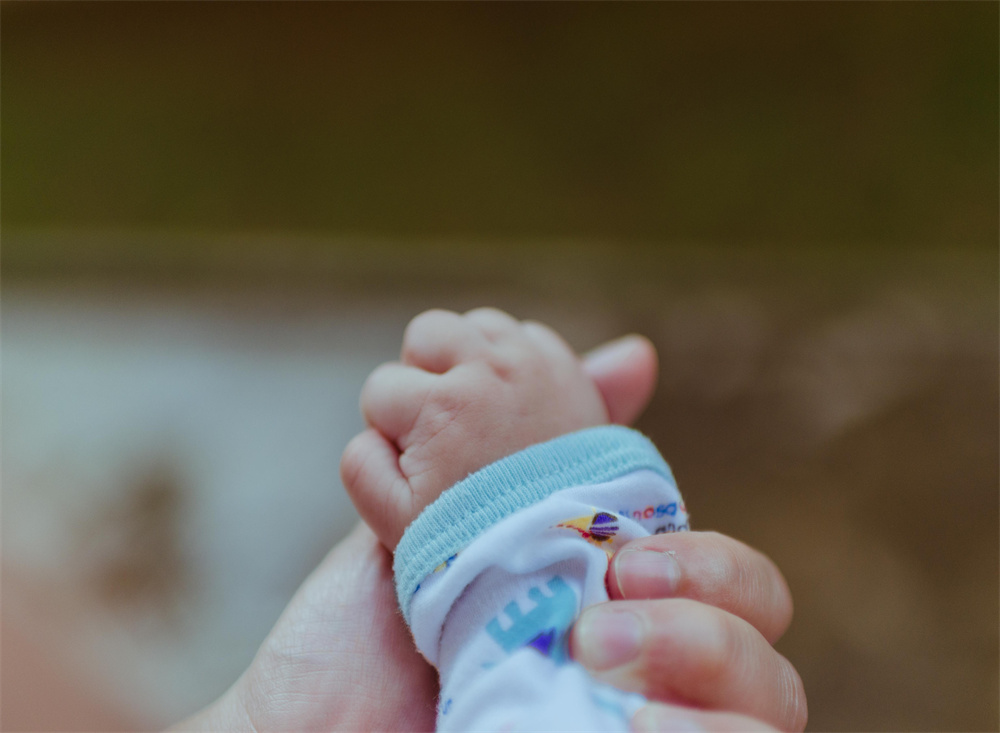



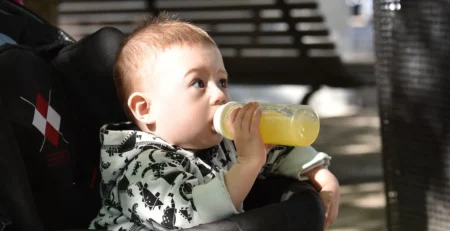
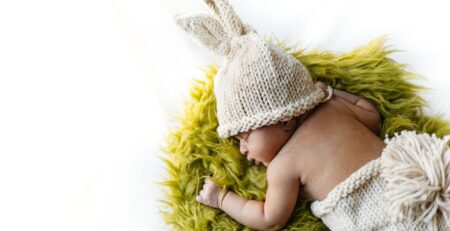
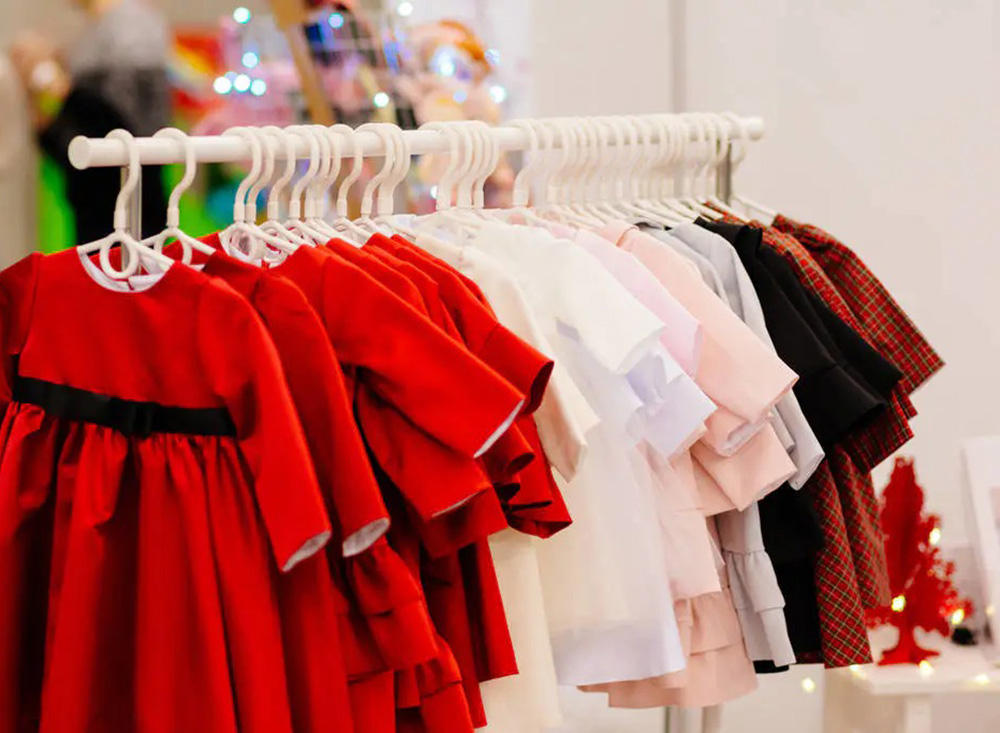
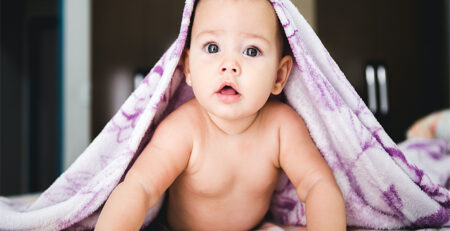

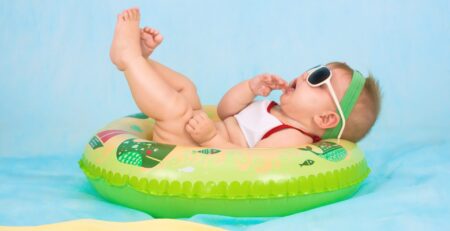
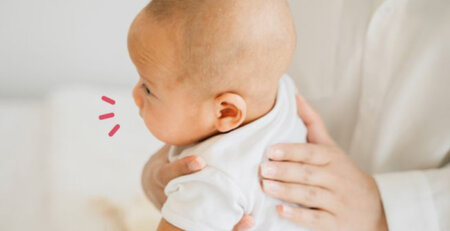
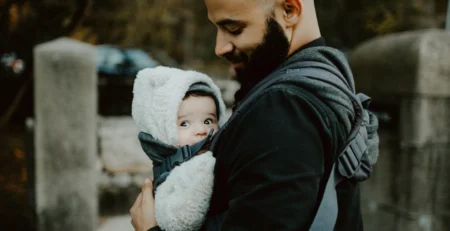
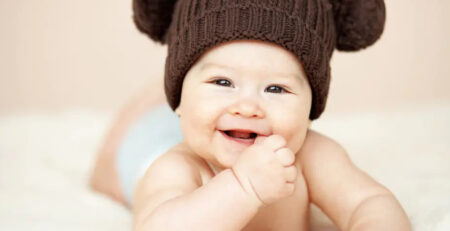
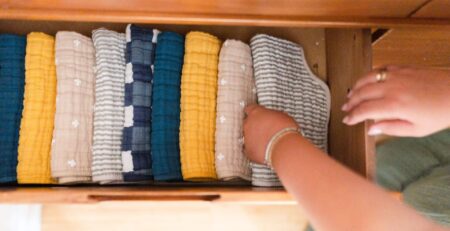
LEAVE A COMMENT